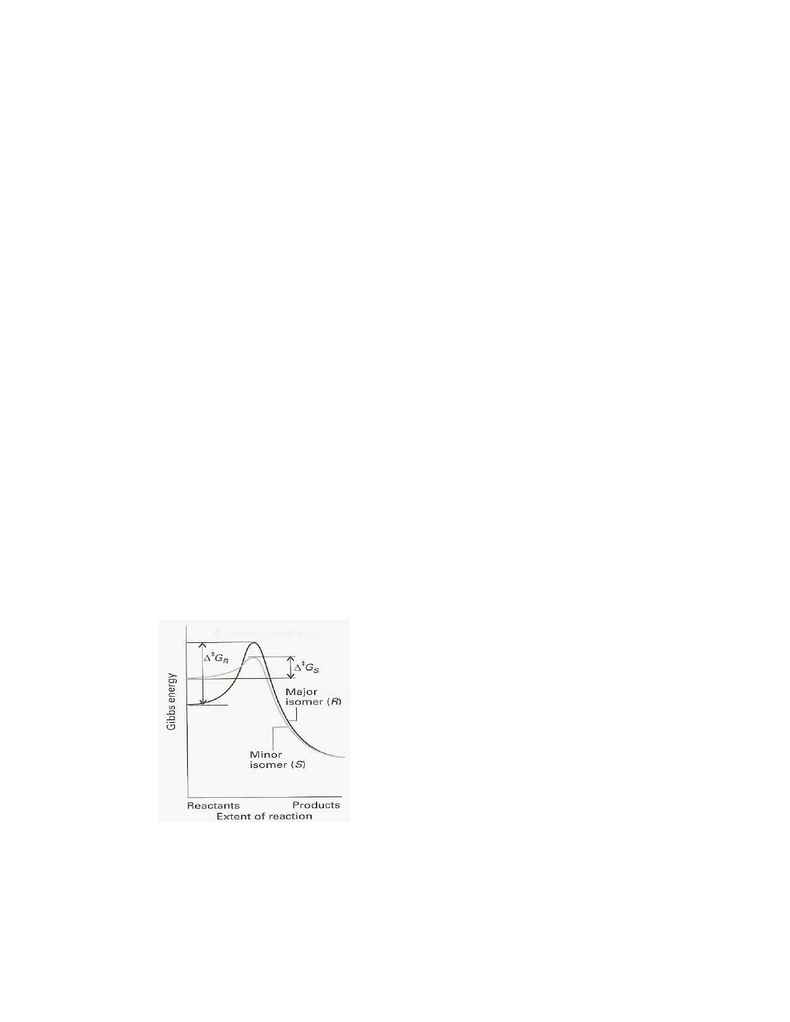
4
CATALYSIS
"ASYMMETRIC HYDROGENATION"
Prepared by:Lee Siang Hua (HT033441Y)
Prepared for: Assoc. Prof. Marc Garland
Date of submission: 2 March 2005
Dept. of Chemical & Biomolecular Engineering,
National University of Singapore,
10, Kent Ridge Crescent, Singapore 119260
Email: g0302120@nus.edu.sg
BACKGROUND
The mechanism of homogeneous catalysis is more accessible to detailed investigation that that of
heterogeneous catalysis because the interpretation of rate data is frequently easier. Moreover, species in
solution are often easier to characterize than those on a surface.
From a practical standpoint, homogeneous catalysis is attractive because it is often highly selective
towards the formation of a desired product. In large-scale industrial processes homogeneous catalysts are
preferred for exothermic reactions because it is easier to dissipate heat from a solution than from the solid
bed of a heterogeneous catalyst.
Among the wide scope of homogeneous catalysis, asymmetric hydrogenation with homogeneous
transition metal catalysts is a powerful tool for the production of optically active organic compounds.
One of the most studied catalytic systems is the Rh(I) complex [RhCl(PPh
3
)
3
] known as `Wilkinson's
catalyst'. The Wilkinson's catalyst and related Rh(I) phosphine catalysts that contain a chiral phosphine
ligand have been developed to synthesize optically active products in enantioselective reactions. It has
proven its value in industry, e.g. the Monsanto L-DOPA process and the Takasago carbapenem process.
For example, an enantioselective hydrogenation catalyst containing a chiral phisphine ligand referred to
as DIPAMP is used by Monsanto to synthesize L-dopa (a chiral amino acid used to treat Parkinson's
desease). An interesting detail of the process is that the minor diastereomer in solution lead to the major
product. The explanation of the greater turnover frequency of the minor isomer lies in the difference in
activation Gibbs energy as shown in Figure1. Spurred by clever ligand design, this field is growing
rapidly and providing clinically useful compounds.
SUMMARY OF SELECTED PAPER
It this paper, the author review the research progress of asymmetric hydrogenation catalysis in terms of
the Ligands used, the reaction conditions, the substrates, and mechanisms.
Figure 1. Kinetically controlled Stereoselectivity
(Shriver and Atkin: 1999, pp.593)
